Great Design Plant: Northern Bush Honeysuckle, a Bronze Beauty
What first attracted me to this gently mounding shrub at the nursery was the distinctive bronze foliage that glowed in the sun. The fragrant tubular yellow blooms came as an unexpected bonus, as did the discovery that deer do minimal damage to it — just a little early spring nibbling, not enough to be a problem.
Perhaps the greatest surprise discovery was that I already had one of these in my garden (but I hadn’t been able to identify it), tucked under a towering Douglas fir tree. That specimen was growing in a considerable amount of shade, so the foliage wasn’t quite as bright, but it still blooms prolifically, if a little later, than the new shrub, which is in full sun.
Northern bush honeysuckle will provide months of color for you and a habitat for pollinators, and is attractive enough to take pride of place in an ornamental garden border; it looks equally at home in a woodland setting.
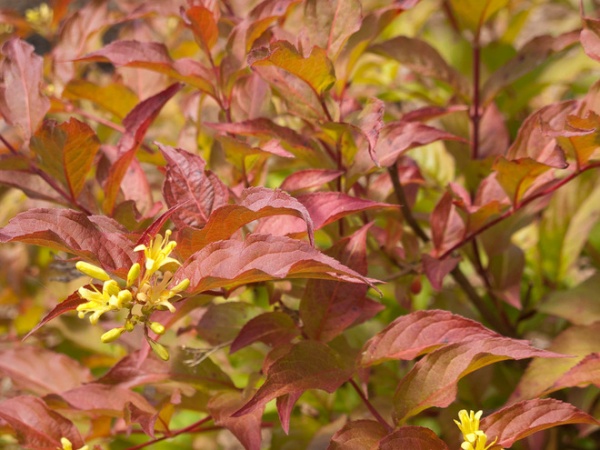
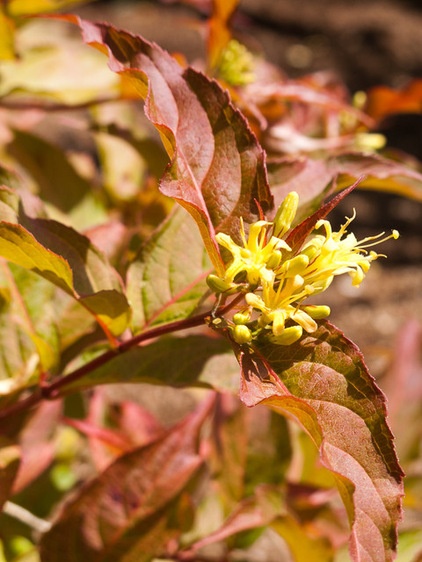
Botanical name: Diervilla lonicera
Common names: Bush honeysuckle, Northern bush honeysuckle, low bush honeysuckle, dwarf bush honeysuckle
Origin: Native to most of the northeastern United States and Canada; naturalized in France
Where it will grow: Hardy to -40 degrees Fahrenheit (USDA zones 3 to 8; find your zone)
Water requirement: Low but adaptable
Light requirement: Full sun or partial shade
Mature size: 3 feet tall and wide
Benefits and tolerances:
Drought tolerantModerately deer resistantAttracts butterflies, bees and birds, including bluebirds and hummingbirdsCan be used for erosion control on slopesWell adapted to fire-prone areas, since it can regenerate quickly from underground stemsAn important winter food source for mooseEqually adaptable to sun or shade; tolerates poor, rocky soilSeasonal interest: Spring through fall
When to plant: Spring or fall
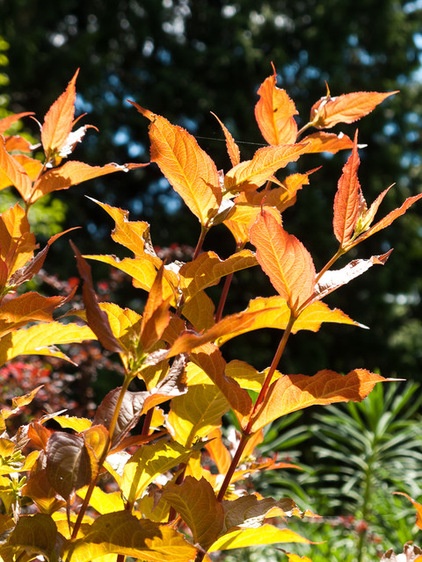
Distinguishing traits:
Fragrant flowers in summerBronze-green foliage that is luminous in the sun from spring until fall Striking red fall colorExfoliating bark reveals interesting inner orange colorLow maintenanceFast growing, which can be helpful for trying to fill in a spot in an established garden
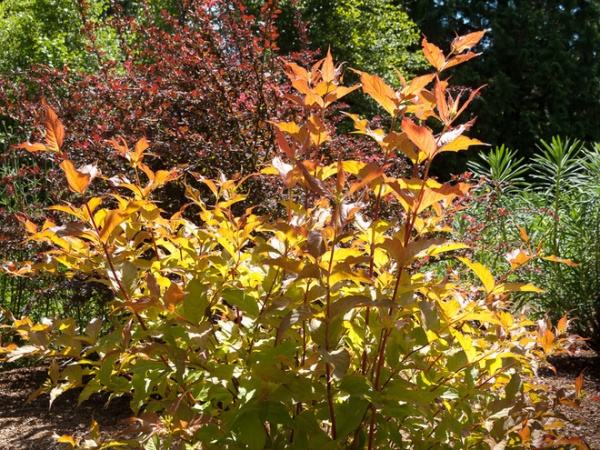
How to use it:
In a sunny mixed border with other drought-tolerant shrubs, grasses and perennialsIn a woodland garden combined with Japanese maples, ferns and hostasIn dry shade; for example, under trees. Mine is planted with Western sword ferns (Polystichum munitum) and creeping Oregon grape (Mahonia repens).On slopes to control erosion
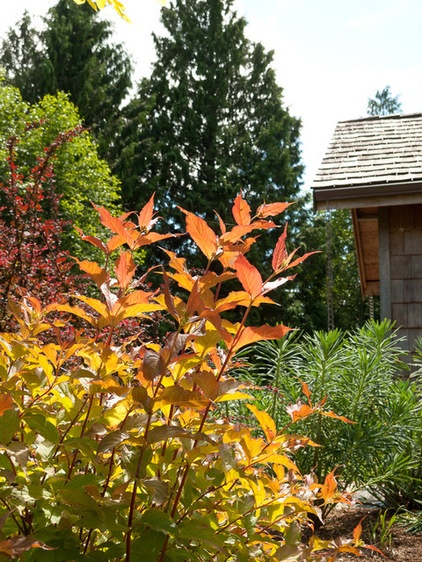
Planting notes. Plant Northern bush honeysuckle in well-drained, average soil. This shrub spreads by underground stems, making it suitable for erosion control on dry slopes. In ideal conditions it may be considered aggressive, although in my own garden, I have not observed this.
Browse more native plant guides












